Results 9,401 to 9,410 of 12094
Thread: Anandtech News
-
04-25-19, 12:05 PM #9401
Anandtech: HyperX Releases Two New Predator 16 GB Memory Kits: DDR4-4266 and DDR4-460
HyperX has unveiled two new kits of DDR4 memory from its Predator range, offering speeds of DDR4-4266 and DDR4-4600. The new kits come in 2 x 8 GB sets and are designed for high-performance scenarios, featuring the same sleek black aluminium heatsinks we have come to expect from previous versions of the HyperX Predator series.
More...
-
04-25-19, 05:29 PM #9402
Anandtech: Intel Starts Qualification of Ice Lake CPUs, Raises 10nm Volume Expectatio
During its Q1 earnings call, Intel provided an update regarding its 10 nm process technology as well as the ramp up of its Ice Lake-U processor for notebooks, the company’s first 10 nm design that will be mass produced and broadly available. Qualification of the new processors start already this quarter, so systems based on Ice Lake-U will be available by holidays, as promised. Furthermore, Intel believes that it will be able to ship more 10 nm parts than it originally anticipated.
Ice Lake-U in 2019
Intel started production of its Ice Lake-U processors in Q1, but these chips are stockpiled before they are qualified with PC makers. Once the chips are qualified — something that Intel expects to do in Q2 — it can start sales/shipments of these CPUs, which will likely happen in Q3. Considering the lead-time requires to get built systems on to store shelves, Ice Lake-U-based PCs are on track to hit the market in Q4 (something Intel reaffirmed today).
Intel’s Ice Lake-U is a quad-core processor based on the codenamed Sunny Cove microarchitecture (which among other things supports VNNI, Cryptographic ISA instructions, and so on) and featuring Intel’s Gen11 integrated graphics with 64 execution units along with a memory controller supporting LPDDR4X. The CPU will be paired with a chipset natively supporting Thunderbolt 3, 802.11ax Wi-Fi, and a number of other innovations. The whole package is expected to have a TDP of 15 W.
10 nm Volume Goals Increased
It is noteworthy that Intel now expects to ship more processors made using its 10 nm process technology than originally anticipated this year as it can produce more CPUs.
“On the [10 nm] process technology front, our teams executed well in Q1 and our velocity is increasing,” said Bob Swan, CEO of Intel. “We remain on track to have volume client systems on shelves for the holiday selling season. And over the past four months, the organization drove a nearly 2X improvement in the rate at which 10nm products move through our factories.”
Ice-Lake-SP Xeons in 2020
As for 10 nm ramp in general, Intel is only talking about producing its relatively small Ice Lake-U processors in volumes this year, which is the company’s typical way of ramping up a new node. When it comes to larger codenamed Ice Lake-SP server parts, Intel expects to launch 10 nm Xeon products in 2020. The company says that its Ice Lake-SP CPUs will be available in less than 12 months after its Ice Lake-U products hit the market. In fact, Intel even advices to expect 10 nm Xeons to arrive “rather sooner than later” in 2020, so not exactly in Q4.
This is a breaking news. We are updating the story as we get more details.
Related Reading:
- CES 2019 Quick Bytes: Consumer 10nm is Coming with Intel’s Ice Lake
- Intel 10nm Production Update: Systems on Shelves For Holiday 2019
- Intel Delays Mass Production of 10nm CPUs to 2019
- Intel’s Xeon Scalable Roadmap Leaks: Cooper Lake-SP, Ice Lake-SP Due in 2020
- First 10nm Cannon Lake Laptop Spotted Online: Lenovo Ideapad 330 for $449
- Intel Discloses Plans to Spend $5 Billion on Fab 28 Expansion in Israel
- Intel's 10nm Briefly Appears: Dual Core Cannon Lake in Official Documents
- Intel Mentions 10nm, Briefly
- Intel Displays 10nm Wafer, Commits to 10nm ‘Falcon Mesa’ FPGAs
- Intel: EUV-Enabled 7nm Process Tech is on Track
Source: Intel
More...
-
04-25-19, 05:29 PM #9403
Anandtech: ADATA Launches microSD Cards Based on SLC NAND Memory
ADATA has introduced a new lineup of microSD cards that use SLC NAND and are aimed at industrial applications. By incorporating the lower-density and higher-reliability memory type, ADATA's IUDD362 are designed to offer enhanced endurance and a longer lifespans than typical TLC/QLC microSD cards, making the cards a better fit for harsh operating conditions.
More...
-
04-25-19, 09:16 PM #9404
Anandtech: Intel Reports Q1 FY 2019 Results: Revenue Flat, PCs Up, Servers Down
This afternoon, Intel announced their earnings for Q1 of their 2019 fiscal year. Revenue for the first quarter came in at $16.1 billion, which is flat compared to Q1 2018, but margins were down 4% to 56.6%. Due to this, operating income was down 7% to $4.2 billion, and net income was down 11% to $4.0 billion. Earnings-per-share for the quarter were $0.87, down 6% from $0.93 a year ago.
Despite a PC market that continues to struggle, Intel made gains in the first quarter with their Client Computing Group. On both notebooks and desktops, Intel volumes were down 7% and 8% respectively, but thanks to higher average selling prices (ASP) Intel’s PC-centric business did grow revenue. Notebook processor ASP was up 13% compared to Q1 2018, and desktop ASP was 7% higher. This increased revenue for this segment 4% overall to $8.5 billion. Intel cites strength in gaming, larger commercial, and modem for the growth.Intel Q1 2019 Financial Results (GAAP) Q1'2019 Q4'2018 Q1'2018 Revenue $16.1B $18.7B $16.1B Operating Income $4.2B $6.2B $4.5B Net Income $4.0B $5.2B $4.5B Gross Margin 56.6% 60.2% 60.6% Client Computing Group Revenue $8.6B -12% +4% Data Center Group Revenue $4.9B -20% -6% Internet of Things Revenue $910M +11% +8% Non-Volatile Memory Solutions Group $915M -17% -12% Programmable Solutions Group $486M -21% -2%
As we’ve already covered, Intel’s push to 10 nm has finally started to see some gains in volume after years of delay, and we should finally start to see Ice Lake powered laptops this fall.
Intel’s Data Center group was down 6% to $4.9 billion in revenue this quarter. Cloud continued to grow, up 5%, but it could not offset the decline in enterprise and government revenue, which was down 21% this quarter. At the end of the day, you can’t have both cloud and on-prem revenue gains forever, since the former is designed to eat the latter, but we’ll have to watch this over the next while and see if this is a one-year blip, or signs of a larger trend.
Internet of Things continued its growth, with revenue up 8% to $910 million. What was once a blip on the radar is almost a billion dollar per quarter market for Intel. MobileEye revenue was up 38% to $209 million, which is a record for this segment.
Intel’s non-volatile storage business was down 12% to $915 million, reflecting the increased competition in pricing of NAND.
Finally, Intel’s Programmable Solutions Group, which includes their Altera FPGAs, was down 2%.
Looking ahead to Q2, Intel is forecasting revenue of approximately $15.6 billion, with an operating margin of 27%, and the FY 2019 forecast is for approximately $69 billion in revenue, with an operating margin of 30%.
Source: Intel Investor Relations
More...
-
04-26-19, 02:04 PM #9405
Anandtech: Boom to Bust: Memory Makers Plan to Cut NAND Flash Production
A true cyclical market, the NAND flash business goes through periods of booms and periods of busts. Following a very profitable boom year in 2018, it looks like the market is in a down swing, as an oversupply is starting to impact the bottom lines of memory makers. To stem any potential for significant losses or an outright market crash, three major manufacturers of NAND memory ¨¨— Intel, Micron, and SK Hynix — have announced that they will be taking measures to address the oversupply, such as reducing flash production, cutting down wafer starts, and/or slowing down ramp ups of new fabs. It is highly likely that Samsung will follow the suite.
The rapid transition to high-capacity 64-layer and 96-layer 3D NAND memory devices has enabled NAND flash manufacturers to increase their NAND supply (as measured in bits) and ultimately saturate the market with loads of flash memory. Meanwhile, demand for servers in the recent months has been weaker than expected, smartphone replacement cycle are increasing, and other drivers of NAND demand have also disappointed. As a result, NAND supply has well exceeded demand, causing prices to fall by as much as 20% across multiple categories in Q1 2019, according to TrendForce. To ensure their short-term and long-term profitability, at various points in the last couple of months the three manufacturers have all announced that they are taking actions to minimize their exposure during this latest bust.
Micron said back in March that it was carefully managing its NAND bit supply growth (to tackle oversupply at least partially) and started to decrease its total NAND wafer starts by roughly 5% by cutting its legacy nodes. The company did not indicate plans to shrink its NAND bit supply, but reducing production of memory using older process technologies will likely lower its costs.
Meanwhile SK Hynix this week said that it had stopped production of 36-layer as well as 48-layer 3D NAND memory, which these days has a rather high per-bit cost relative to newer technologies. In the coming months the company plans to increase production of 72-layer 3D NAND and in the second half of the year it intends to release 96-layer 3D NAND solutions for the SSD and mobile markets. Furthermore, SK Hynix will slow down the ramp up of its M15 fab in Cheongju, South Korea. The company expects its NAND wafer output to decrease more than 10% compared to 2018. Just like Micron, SK Hynix does not seem to have plans to lower its NAND bit production, so it will still more memory than it did last year.
Intel, which has traditionally concentrated on the enterprise part of the SSD market, has also announced this week it will reduce its NAND output in 2019. Intel did not elaborate whether it intended to reduce the number of wafer starts, or do something more radical. But regardless, the company continues to expect challenges with prices of NAND memory going forward, and is acting accordingly.
Finally, while Samsung yet has to announce its Q1 2019 results, it has already warned investors that its profits for the quarter would be down 60% compared to Q1 2018. Analysts have been attributing this to multiple factors, including demand for flagship smartphones, lower prices of DRAM and NAND memory, and other weak markets. Given that the other major memory manufacturers are all taking steps to address the current oversupply, It is more than likely that Samsung will also adjust its NAND business this year; though how they'll do so remains to be seen.
Related Reading:
- SK Hynix Set to Build a New Memory Fab
- SK Hynix to Build a New NAND Fab, Upgrade Existing DRAM Fab
- SK Hynix to Start Using 2nd Gen 10nm DRAM Process Technology in 2H 2019
Sources: Intel, SK Hynix, TrendForce, Micron/SeekingAlpha, Samsung
More...
-
04-26-19, 02:04 PM #9406
Anandtech: Intel: CPU Shortages Will Persist Throughout Q3 2019
Although Intel invested some additional $1.5 billion to boost its 14 nm fab output last year, it looks like its supply problems are not going to be solved until the second half of this year. The company admitted on Thursday during its earnings conference call that supply challenges will persist throughout the third quarter.
More...
-
04-26-19, 08:14 PM #9407
Anandtech: Samsung 970 Pro 2 TB SSD Model Listed
At least two retailers have begun listing a 2 TB version of Samsung’s 970 Pro SSD. One of the highest performing drives on the market – and one of the only remaining MLC drives – a larger 970 Pro will give high-performance users another option for high-capacity SSDs, eliminating the need to sacrifice performance for capacity – at least at the 2 TB tier.
More...
-
04-29-19, 10:30 AM #9408
Anandtech: AMD 50th Anniversary: Ryzen 7 2700X and Radeon VII Gold Edition Products
Set to celebrate its 50th anniversary on May 1, AMD is rolling out two limited edition products to memorize the date. The AMD Ryzen 7 2700X Gold Edition CPU and the AMD Radeon VII Gold Edition GOY will come in a special package and will be bundled with free PC versions of the World War Z as well as The Division 2 Gold Edition games, sitckers of the CEO's signature, and a code to redeem a limited edition T-shirt.
As pointed out above, AMD will offer two 50th anniversary edition products: a CPU and a GPU. The eight-core AMD Ryzen 7 2700X Gold Edition processor (3.7 - 4.3 GHz) will feature Lisa Su’s signature imprinted on its IHS and will come in a special packaging, however the specifications will be identical to the regular 2700X. The CPU will also come with AMD's top end Wraith Prism CPU cooler. The CPU will cost $329 in the US and will be available from select retailers all across the world.
The Radeon VII Gold Edition graphics card featuring a red shroud and gold AMD50 packaging will cost $699 in the US and will be available from AMD.com and JD.com.
Customers who will buy the CPU or GPU will also get two free games: the World War Z and The Division 2 Gold Edition (with Year 1 Season Pass). In addition, they will get a Lisa Su-autographed sticker and a coupon to get a free AMD 50th anniversary T-shirt.
In addition to two 50th anniversary edition products, AMD’s partners across the world will also offer special deals on select AMD’s products, though they will vary by countries and regions.AMD's 50th Anninversary Campaigns Hardware Games Bonus Campaign End Date MSRP AMD Ryzen 7 2700X Gold Edition (with imprinted Lisa Su autograph) World War Z
The Division 2 Gold Edition with Year 1 Season PassAn AMD50 sticker signed by the AMD CEO and a coupon to redeem for a free AMD 50th anniversary t-shirt June 8, 2019 $329 AMD Radeon VII Gold Edition $699
AMD’s 50th anniversary campaigns will run from April 29 through June 8, but local promotions will have different dates and terms. It is worth noting that, for the CPU at least, the retail price of the limited edition versions will be reasonably higher ($40-$80) than the standard non-50th edition, due to price pressure on those parts at various retailers.
Newegg: $329
Update: Newegg is stating that buyers of the product will be entered into a free prize draw to win an AMD Matisse processor, coming out later this year.
Related Reading- AMD Launches The "Raise The Game" Bundle For Radeon RX Vega, RX 580, and RX 570
- AMD Launches Prey & Wolfenstein II Game Bundle for Radeon RX Vega Cards
- Christmas Game Bundles: Civilization VI, Doom, Hitman, Serious Sam VR from AMD, HTC, & NVIDIA
Sources: AMD, Akiba PC Hotline
More...
-
04-29-19, 10:30 AM #9409
Anandtech: LaCie d2 Professional 10TB Direct-Attached Storage Capsule Review
Seagate has a number of direct-attached storage (DAS) products for content creators under the LaCie brand. The LaCie d2 Professional, introduced last year, is an external hard drive with a USB 3.1 Gen 2 Type-C interface. It comes in capacities up to 10TB, and caters to the requirements of content creators and multimedia professionals who need to store and process large amounts of data. This capsule review is taking a look at the performance and features of the 10TB version of the LaCie d2 Professional.
More...
-
04-29-19, 06:25 PM #9410
Anandtech: Retailers Begin Listing 4 TB WD Blue SSD
A number of Austrian retailers have recently begun to list Western Digital’s as-yet-unannounced WD Blue 4 TB SSD. The drive features a SATA 6 Gbps interface and performance you can expect from such storage devices, yet if you need 4 TB of NAND flash storage in a 2.5-inch/7-mm form-factor, the WD Blue 4 TB SSD is one of a handful of options.
Originally launched in mid-2017, the WD Blue 3D NAND SATA SSDs are based on Marvell’s 88SS1074 controller as well as WD/SanDisk’s 64-layer 3D TLC NAND memory. When it comes to performance, the drives are rated for up to 560 MB/s sequential read speed and up to 532 MB/s sequential write speed (when pseudo-SLC cache is used), which is something that all advanced SATA SSDs offer these days. As for random reads and writes, we are looking at 95K IOPS and 84K IOPS, respectively, which is comparable to other mainstream SSDs with the same interface.
Initially available in 250 GB, 500 GB, 1 TB and 2 TB configurations, the 4 TB WD Blue 3D NAND SATA SSD (WDS400T2B0A) is now listed by multiple Austrian retailers, according to the Geizhals.at price search engine. The 4 TB drive is priced at €555 - €575, a high price, but consistent with the premium that top capacity SSDs normally carry.
Neither retailers nor Western Digital are disclosing when the WD Blue 4 TB SSD is set to become available (i.e., we do not know whether this is an EMEA-specific product or it will be available in other regions too), but stores typically don't list products until they're close to release. So we're expecting the drive to hit the market sooner rather than later.
While SSDs have made a great progress in terms of capacity in the recent years, 4 TB 2.5-inch/7mm consumer drives are still rare. For example, Samsung, the world’s largest supplier of SSDs, offers only two 4 TB SATA models in its entire consumer lineup: the Samsung 860 Evo 4 TB featuring TLC NAND and the Samsung 860 QVO 4 TB featuring QLC NAND memory. So the addition of a 4 TB consumer drive from WD expands the number of options considerably.
Related Reading:
- The Western Digital WD Blue SN500 SSD Review: Moving The Mainstream To NVMe
- One Design, Two Products: The SanDisk Ultra 3D (1TB) and WD Blue 3D (1TB) SSD Reviews, with BiCS 3D NAND
- WD Blue 3D NAND SATA & SanDisk Ultra 3D SSDs Launched: 3D TLC NAND, SATA, Marvell
Sources: ComputerBase.de, Geizhals.at
More...
Thread Information
Users Browsing this Thread
There are currently 17 users browsing this thread. (0 members and 17 guests)




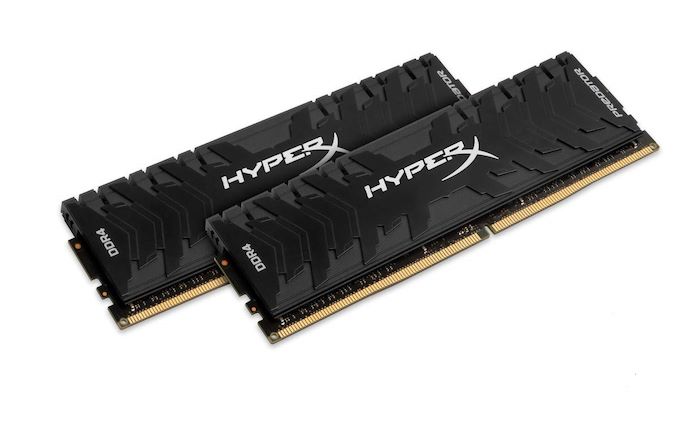

 Quote
Quote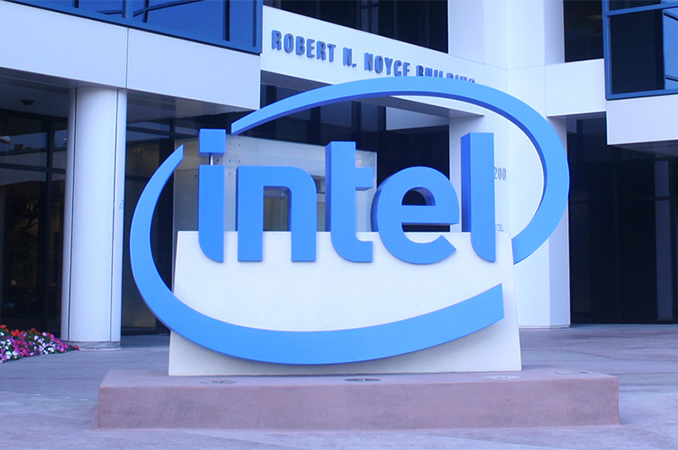
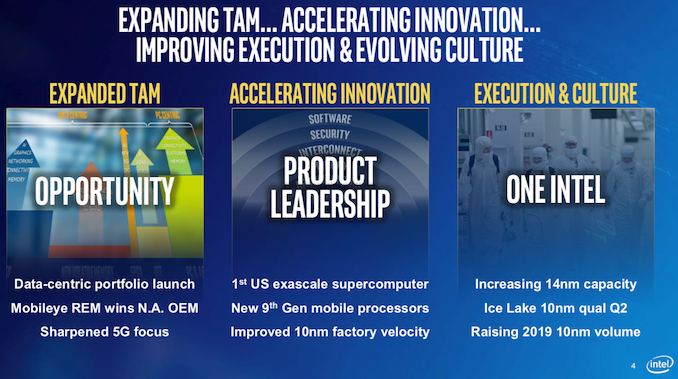
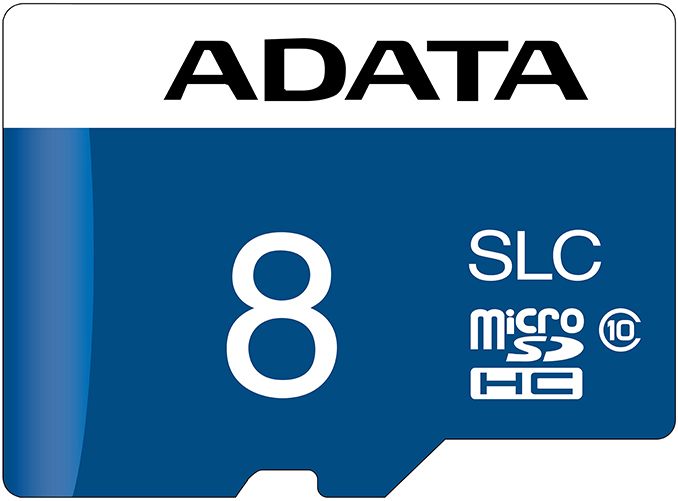

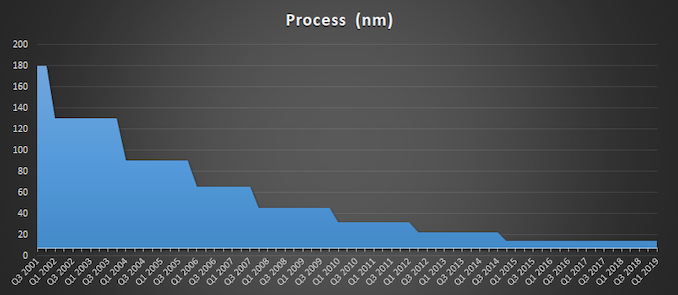
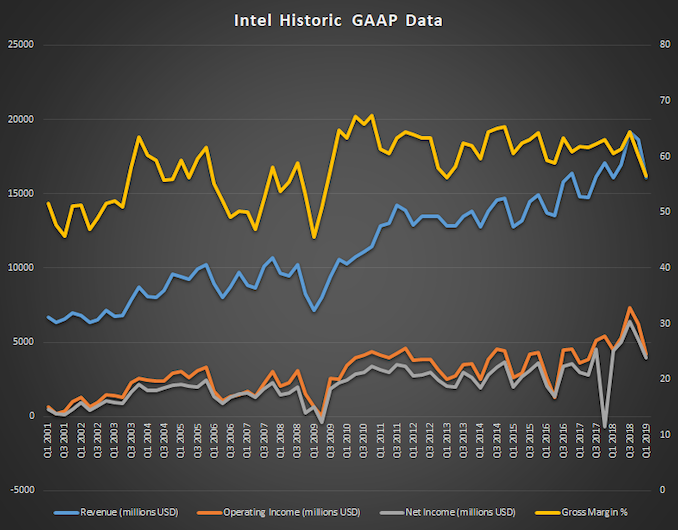
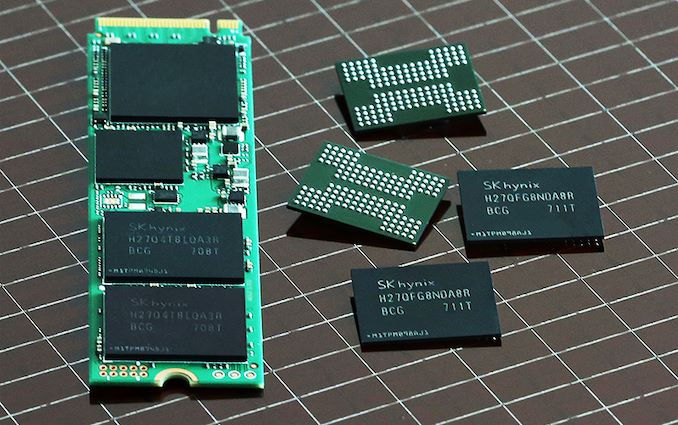
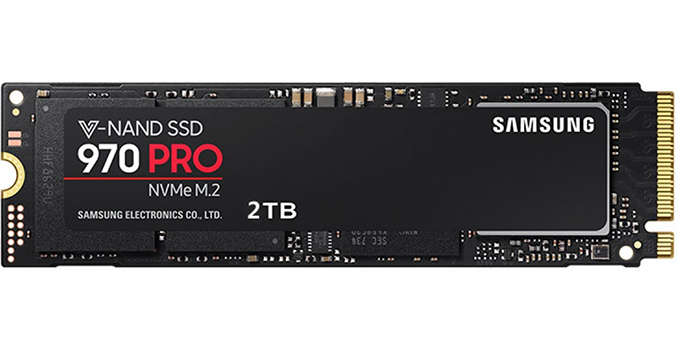
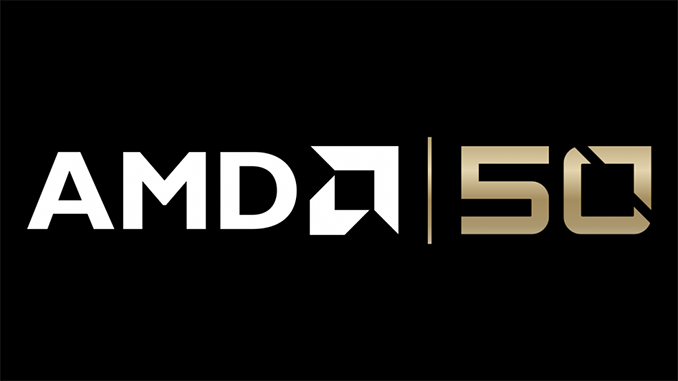
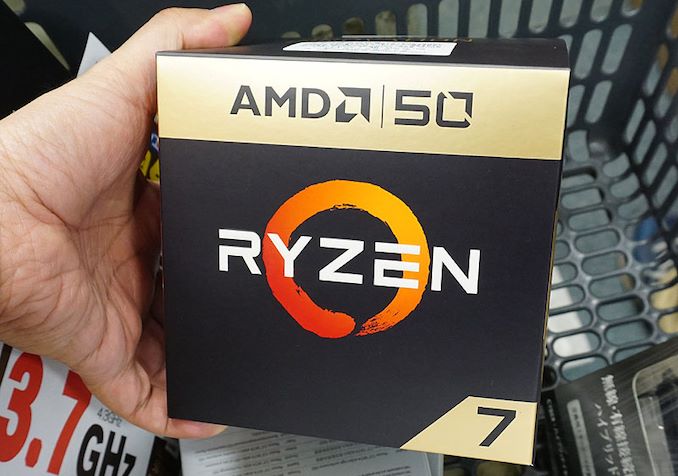
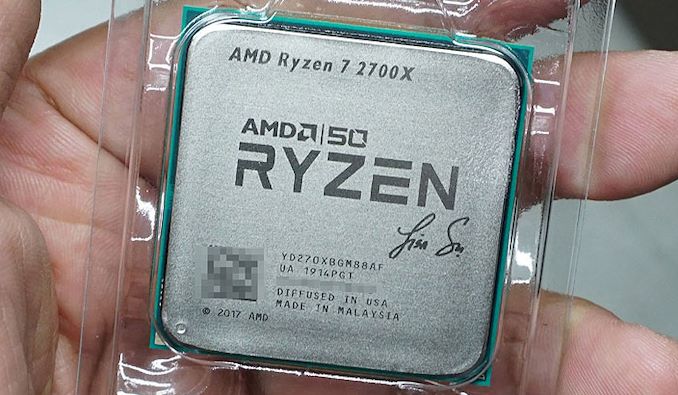
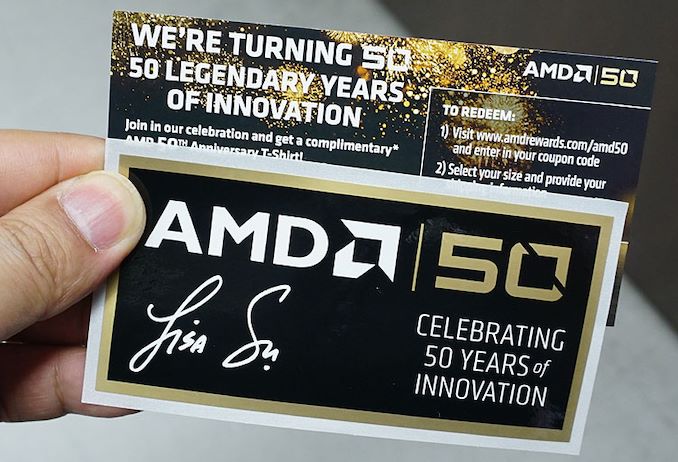
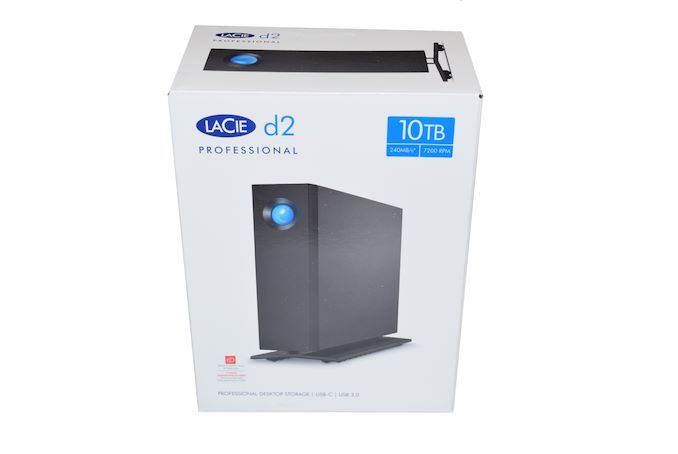
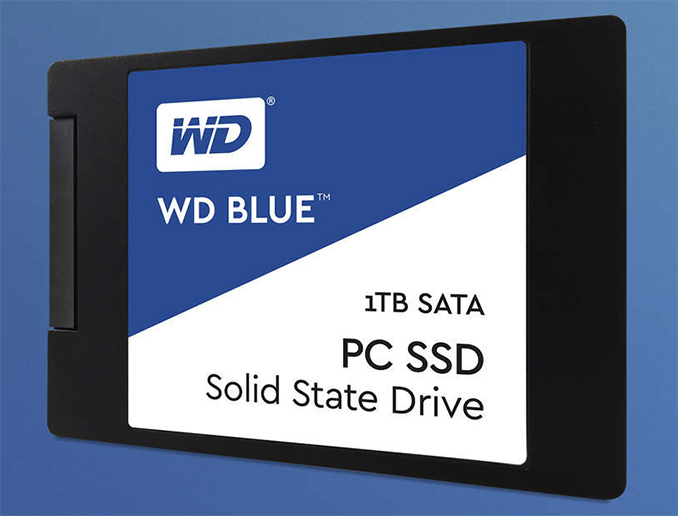

















Bookmarks